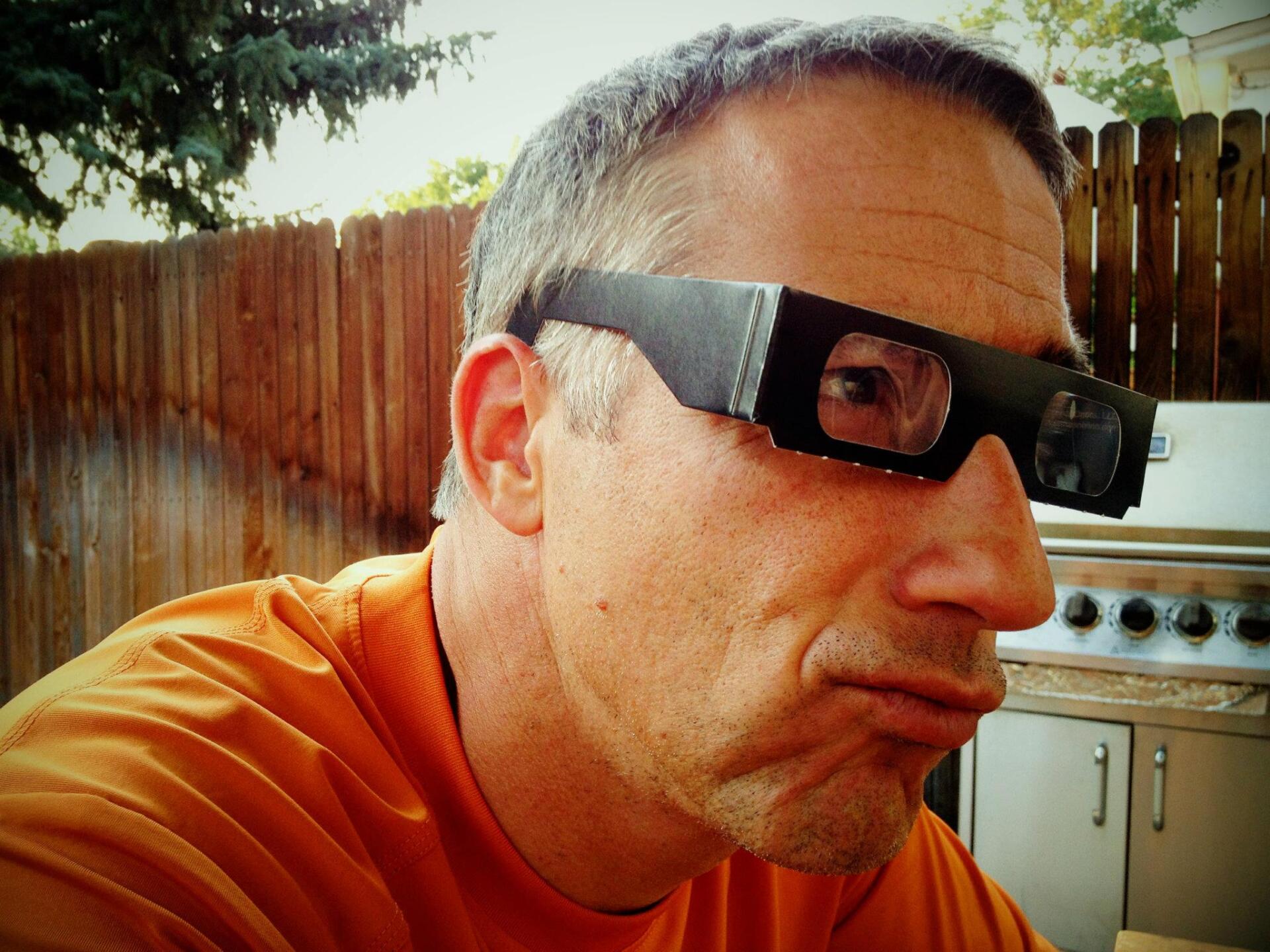Resist The Twist
What did he say this time?

Resist the twist.
What does that even mean?
At Vitruvian Fitness, we take a very functional approach to every exercise we choose. In fact, the term functional comes right out of one of our core values that states all of our exercise is rooted in purpose and applicability to real life.
Speaking of core values, let's talk about your core and how much you value it!
At Vitruvian Fitness (and in other enlightened training studios around the world), we define your core as that space beginning at the shoulders going down to your hips. You might call it your torso, trunk, pillar, or everything but your arms, legs, and neck. But don't call it your abs.
By design, when the situation calls for it, your torso moves. Think playing tennis, sneezing/coughing, slouching, puffing out your chest, down dogging, up dogging, expressing uncertainty, expressing confidence. I could go on but let's move on, shall we?
Also by design, when the situation calls for it, your torso remains stiff. Not moving your torso comes in handy when you're wheeling a heavy wheelbarrow around (or doing a farmer carry), putting a heavy box on a high shelf (or doing a push press), starting an old gas lawn mower (or doing a one arm row).
Two ways of categorizing exercises is labeling them as isotonic or isometric.
Isotonic exercises are exercises that you move a joint through its natural articulation by applying an internal force against an external force. Think biceps curl - your elbow and biceps muscle versus a dumbbell.
Isometric exercises are those where the external force on a joint(s) equals the internal force you apply to the joint(s) which results in no movement. Think of a plank - you versus gravity.
Back to resist the twist. This is just a genius way of describing an anti-rotational core exercise. In this case, the muscles that you would use to turn one direction are opposing the force that wants to turn you in the opposite direction. The heavier the external force, the harder you have to work to oppose it. Hence, resist the twist.
On the training floor, exercises like this look like Paloff Presses, Side Planks, TRX 1 Arm Rows, Kettlebell 1 Arm Swings, 1 Arm 1 Leg Deadlifts, and on and on, we just don't stop until the break of dawn.
There you go. "Resist the twist" is much more fun to say than, "Do some anti-rotation!"
Just type shittomsays in the search bar at the top of the blog to see more of these ridiculous posts - if you even care.
Curious to learn more?
We encourage you to do a 30-Day Trial Membership. In 30 days, you will get a private onboarding session that includes the Functional Movement Screen®, then 8 semi-private training sessions doing the program we design based on that first session. And you’ll get to be a part of one of the most inviting, inclusive, and fun communities you’ll find anywhere. At the end of your trial, you get to decide if you liked it and if you want to continue with a regular 6-month membership. All the options and prices are on our Membership page.
#shittomsays
You might also enjoy these posts . . .







